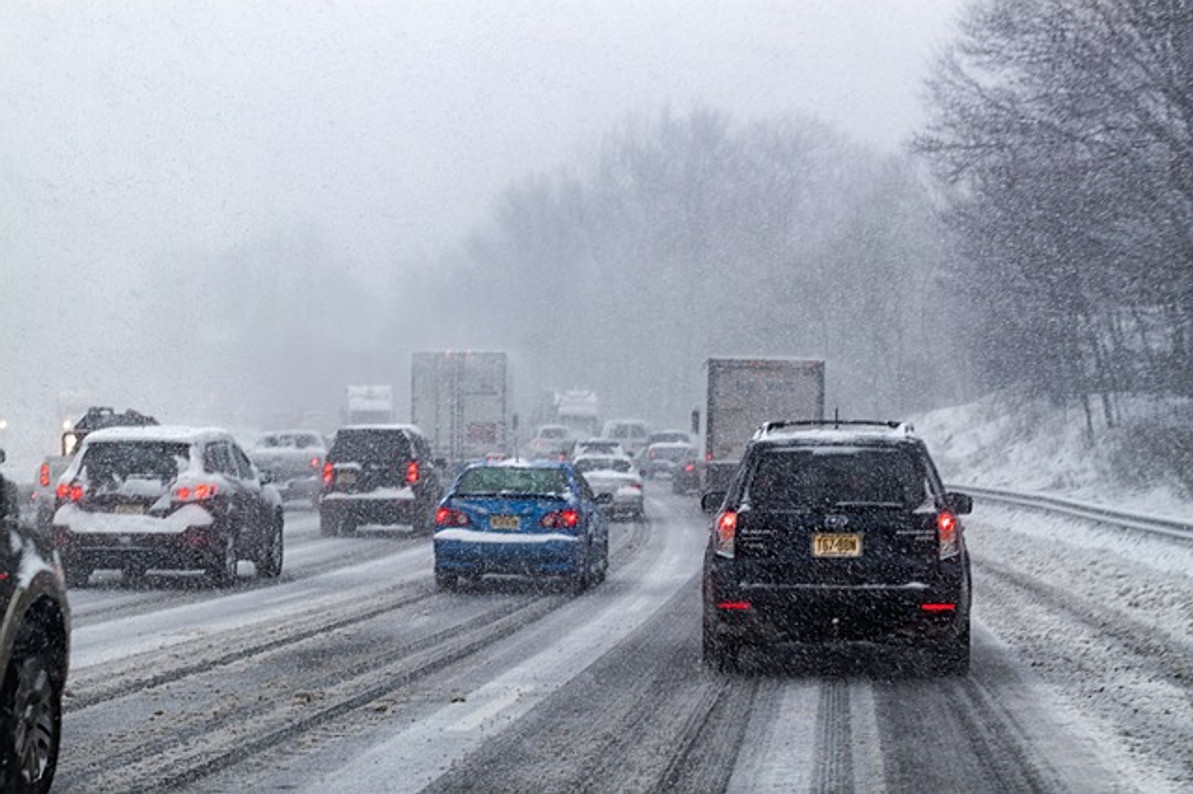Winter Driving: 5 Safety Tips to Follow When Driving in the Snow

Driving in the snow carries an inherent risk of injury. When there's a thick layer of snow blanketing the roads, your vehicle may struggle to create traction with the road. And without traction, you won't be able to control your vehicle, which could lead to a collision. While it's best to stay home and avoid the roads during snowy weather, there are a safety tips you should follow if you must get behind the wheel.
#1) Check Your Tires
Before driving in snowy weather, take a few minutes to inspect your vehicle's tires. Over time, tires will lose some of their tread. The tread, of course, is the textured surface that's responsible for "gripping" the road to create traction. If there's little or no tread left on your vehicle's tires, you may lose control of your vehicle. Only drive if your vehicle's tires of an adequate amount of tread left.
#2) Go Slow
The golden rule of driving in all forms of bad weather, snow included, is to go slow. If you accelerate or decelerate too quickly, you may lose control of your vehicle. By driving more slowly and keeping your foot off the gas and brake pedals when possible, you'll have greater control of your vehicle. Along with the other tips listed here, this will lower your risk of a collision in snowy weather.
#3) Stay on the Main Roads
It's also a good idea to stay on the main roads when driving in snowy weather. What's wrong with driving on the back roads exactly? Well, main roads are better maintained during snowy weather than back roads. Cities and municipalities prioritize roads that receive the most traffic with their snowplows. In comparison, snowplows may rarely or never travel on back roads.
#4) Avoid Hills
Choose driving routes that are relatively flat without any steep hills. It's more difficult for tires to create traction when ascending or descending a hill. As a result, hills pose a serious safety hazard when driving in snowy weather. Even if the hill is on a main road, you should try to avoid it if possible.
#5) Turn on Your Headlights
Even if it's still daytime when you are driving, you should turn on your vehicle's headlights in snowy weather. Headlights do more than just improve your driving visibility; they make your vehicle stand out on the road so that other motorists, as well as pedestrians, can see it.
Recent Posts
-
Fire Safety in the Workplace: What You Need to Know
What steps are you taking to prevent fires in your workplace? According to the U.S. Occupational Saf …Aug 23rd 2023 -
Is It Safe to Go Jogging With a Cold Infection?
If you're suffering from a cold infection, you might be wondering whether it's safe to go jogging. T …Aug 22nd 2023 -
5 Safety Tips to Follow When Using a Powder-Actuated Tool
Powder-actuated tools are commonly used to join materials to steel and concrete. Also known as Hilti …Aug 20th 2023




